The Power of Collaboration: Dynamics in High-performing Teams
Team dynamics - the interplay between personalities, skills, and relationships within a group, are at the heart of every successful company.
Whether you're part of a startup, a corporation, or a community project, understanding the potential of team dynamics can take your business to new heights.
In this article, we unfold the significance of team dynamics, explore key elements that contribute to effective collaboration, and offer insights into fostering a harmonious and productive team environment.
The Essence of Team Dynamics
At its core, team dynamics describes the patterns of interactions, communications, and relationships among team members. These dynamics influence how a team functions, makes decisions, the energy within the team and ultimately how a team achieves its goals.
Diversity and Inclusion
Diverse teams deliver up to 60% better results and is a hub for creativity and innovation. Embracing diversity not only in terms of race, gender, and background but also in skills, experiences, and viewpoints are essential for all modern businesses.
You can’t mention diversity without inclusion, equally important – and every team member should feel valued, safe and empowered to contribute their unique insights.
Communication is Key
Clear and open communication is the cornerstone of effective team dynamics. Establish channels for transparent dialogue, active listening, and sharing of ideas. Regular team meetings, brainstorming sessions, and status updates help ensure everyone is on the same page. Effective communication minimizes misunderstandings, builds trust, and ensures that the team remains aligned with its objectives.
With diverse teams and diverse personalities, different communication styles will co-exist. Understanding and creating awareness of the different personalities and communication styles within a team will make it easier for team members to navigate and collaborate.
Role Clarity and Task Distribution
Each team member should have a well-defined role that aligns with their skills and strengths. Clarity in roles prevents confusion and overlaps, ensuring efficient task distribution. Recognize and capitalize on individual talents, allowing team members to take ownership of their responsibilities and contribute meaningfully to the team's goals.
Trust and Psychological Safety
A team that operates in an atmosphere of trust and psychological safety is more likely to achieve remarkable outcomes. Create an environment where team members feel comfortable expressing their opinions, admitting mistakes, and seeking help when needed. Trust forms the foundation for collaboration, fostering a culture of accountability and shared success.
Conflict Resolution
Differences in opinions are inevitable within any team. However, how conflicts are managed determines whether they become stumbling blocks or stepping stones. Encourage healthy debates and provide a framework for resolving conflicts constructively. Address issues promptly and impartially, ensuring that conflicts do not grow and block progress.
Flexibility and Adaptability
Team dynamics are not static; they evolve as the team grows and faces new challenges. As a leader, be prepared to adapt and pivot when necessary. Embrace change and encourage your team to be open to new ideas and approaches. A team that can adapt quickly to changing circumstances is more likely to thrive in a dynamic environment.
Tools for Team Dynamics
By fostering a culture of diversity, open communication, trust, and adaptability, you can unlock the true potential of team dynamics. There are various tools used to understand, unlock and spark team dynamics some of them are the DISC Model, Meyers Briggs Type Indicator, Hogan personality assessment and the Whole Brain Model for thinking.
Download MABL App for online tools here

